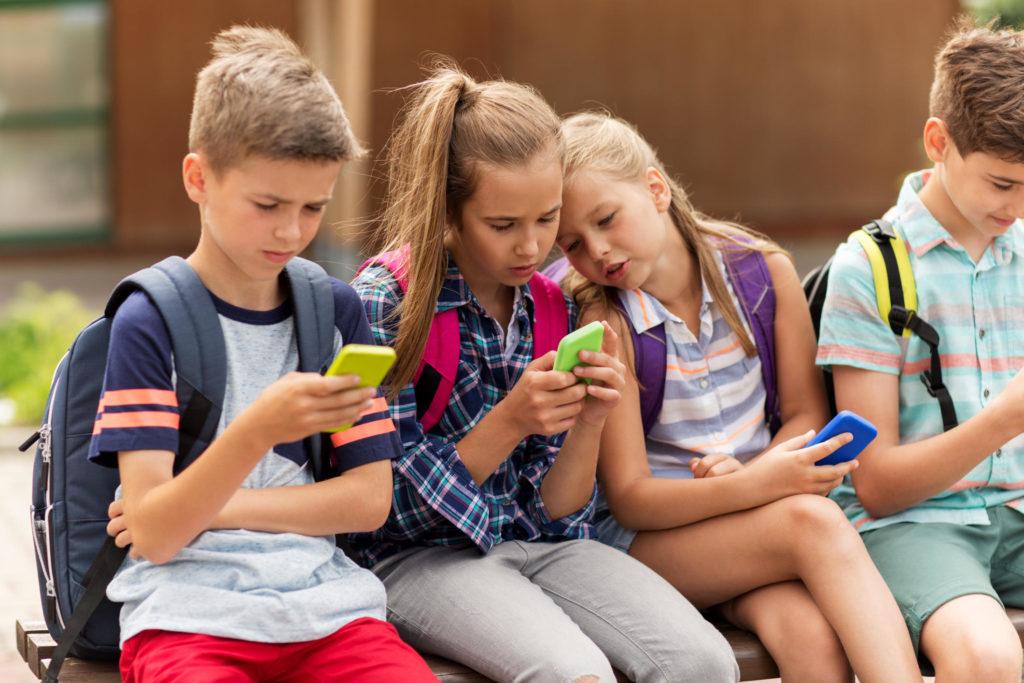
[For urgent updates please follow Ukrainian Freedom News on Telegram]
Russia exploits YouTube mechanisms
Youtube is a huge industry in which Russians invest generously to promote their products, so low-quality Russian-language content to some extent «overscreamed» Ukrainian, says Olena Pavlova, former editor-in-chief of the educational portal «Osvitoria« and author of a popular comic book character «Kit Inzhyr« («Fig cat»).
This can be seen in the mechanisms of YouTube which promote Russian-language content to Ukrainian users. A person who watches an entertaining or educational video, then somehow falls into the trap of Russian chanson and all Russian thrash content, she said.
«When we talk about Youtube, we are talking about money and the industry. Its Russian segment is much more developed than the industry. This is a big business that has been displacing Ukrainian-language content for many years. Despite how much and how high-quality Ukrainian educational, entertainment and cultural content, Russian «overscreamed» it precisely due to the technical features of algorithms and queries, thanks to the mechanisms of YouTube. In other words, you are given what has more views,» – Olena Pavlova explains.
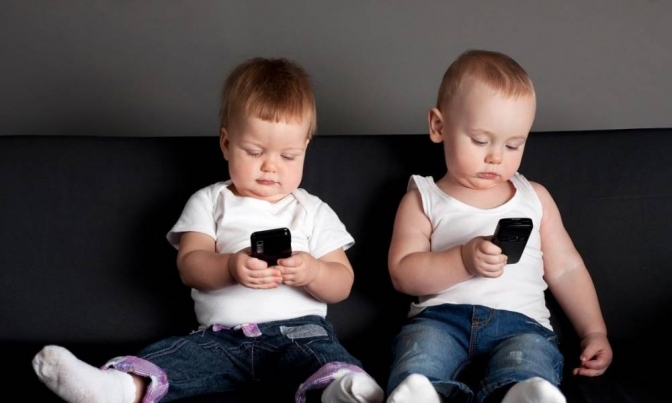
According to her, Ukrainian content certainly exists, but usually, it’s necessary to make an effort to find it.
«For example, my colleagues from Osvitoria created iLearn courses – educational videos that allow you to prepare for the external evaluation [Ukrainian state exams for school-leavers] for free. The best teachers prepared videos on various subjects. However, it was necessary to register there, so such a video is unlikely to be promoted by Youtube. When the quarantine began, Osvitoria, together with the Ministry of Education, was working on a huge project, the All-Ukrainian School Online, a television school for Ukrainian students. Lessons were recorded by Ukrainian teachers and then shown on Ukrainian TV channels. This project is still being actively implemented. By the way, Kit Inzhyr became a hero at the close of this school year. We have great, high-quality educational content, and thanks to quarantine, the state has really made efforts to make all these lessons available online, so that students have access to them,» – said the interlocutor.
Natalia Katashynska, a UNICEF Ukraine consultant on educational projects, believes that the choice of Russian-language content is often related to the problem of choosing parents and children themselves. In addition, the issue of algorithms in social networks, which, accordingly, directly depends on the selection of video, is a problem on an international scale.
«The problem is not even at the state level, but at the international level. Ukrainians and Russians are perceived in the same narrative. Accordingly, YouTube platforms are set up so that if you’re from Eastern Europe, you are considered to know Russian, so the algorithms give you Russian-language content,» – says Natalia Katashynska.
«Russia has an even more outdated education system than ours. This is proved by our teachers from Crimea – those who came under occupation, who were forced to switch to Russian programs. A 12-point grading system or external evaluation is something fantastic for them. What to say about child-centeredness and inclusive approaches. Therefore, they have a very developed alternative education and, accordingly, educational courses. We have enough Ukrainian-language content to counter this. It’s more a matter of choice – what parents choose for their children or what Youtube algorithms publish when they search for «cartoons for children» and are offered not a Ukrainian-language but a Russian-language product, because it has more views, it is more popular, it is invested more money for advertising. This is a whole industry,» – she explains.
Natalia Katashynska offers many courses as opposed to Russian-language content. In particular, the development of the Small Academy of Sciences and the platform of online education, EdEra training courses for students. There is also a quality chatbot of free math classes Matema, channels with fairy tales in Ukrainian for children, Youtube channel Interesting Science with almost 200 thousand subscribers for older children, where they tell interesting scientific things.
Read also: Ukrainian schools need more serious shelters than in Israel
There is also a Travel Book. Ukraine on Youtube – a cartoon series about famous Ukrainians, architectural structures, historical sites, etc. There is also Novator film – a channel with animated series about Ukraine. In particular, the UNICEF Ukraine Youtube channel has a lot of interesting and useful content for children: cartoons about hygiene, health and safety, as well as a separate project to help parents – NUMO online kindergarten with developmental classes for children, the consultant advises.
A «Fig cat»
One of the flagship Ukrainian-language viral products is the Fig cat. Its author, Olena Pavlova, says that she purposefully created this character to become viral. With the help of the cat Fig, she brings important cultural and linguistic things to the general public.
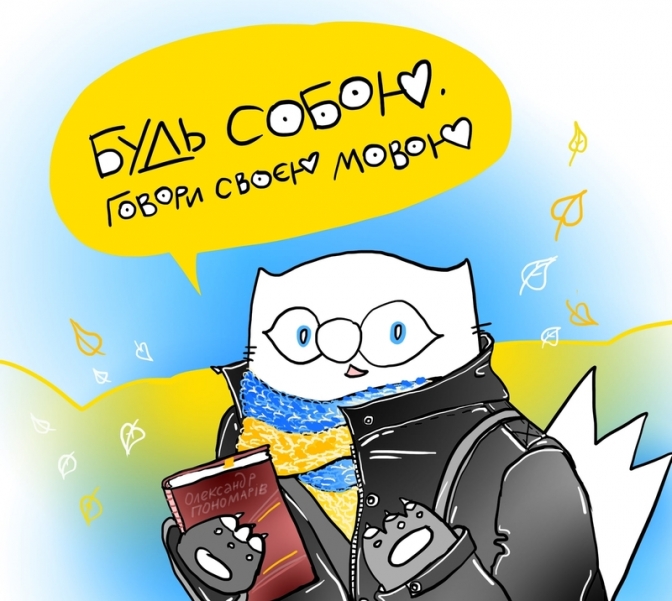
«I created the Fig cat so that it could be distributed. I did so, citing the statement «the Internet exists to curse cats.» Noticed the viral mechanisms of how the image spreads, what people want to share. In this way, the message reaches the audience. Sometimes I call Fig cat my own media. He is very popular in educational projects, he is already present in the «All-Ukrainian School Online», where there are already pictures with him in textbooks on the Ukrainian language. This is also not a thorough deepening, but it is what we call infotainment. That is, we provide important information through pictures with cats and a bright shape,» – says Olena Pavlova.
Fig cat, in particular, promotes the Ukrainian language: among her comics, Olena Pavlova names Ukrainian dishes, words, and even curses.
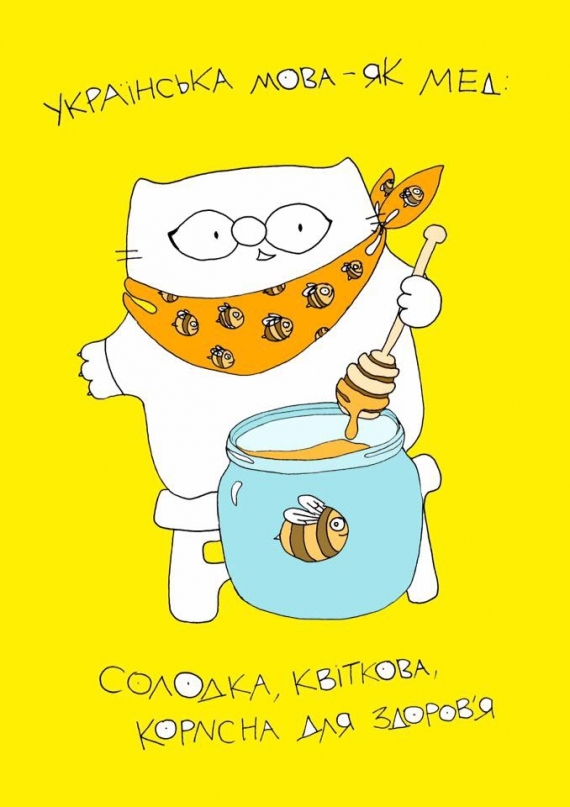
«Fig cat also lobbies the Ukrainian language. When the active phase of the invasion began, we started to promote cultural messages through it. Say «palyanytsia», «dumplings», «stuffed cabbage», «kruchenyky», as well as many other ethnographic names of food. In the end, «Surrender to captivity, at least you’d be fed deliciously.» On the one hand, this picture is a bit propagandistic, but it is also seen by our people, who receive information about 10 types of Ukrainian cuisine. Thus, Ukrainian culture and Ukrainian content spread. Or another of our appeals, which we promoted through the Fig cat: «Speak Ukrainian, the enemy can’t!». This is also a kind of propaganda, but the next picture was «How to swear in Ukrainian.» We collected 20 phrases with Ukrainian curses. When many wrote «Russian warship, go nakh@y» [which uses the Russian swearing words – ed.], the cat Fig offered alternatives. So, in principle, this is also educational content,» – she says.
What about TikTok?
Olena Pavlova, a media expert, calls the social network TikTok more difficult in terms of arrangement and parental control. According to her, children spend a lot of time there, but there is no hint of educational content in this network.
«We all watched the children who were given a phone on the hook, and they are sitting in TikTok. It «slips» different videos, and it’s even worse than YouTube. On YouTube, you can at least set parental controls and turn off certain channels. Although you still can’t block everything, at least there are mechanisms for that. TikTok is in general an information garbage dump in which our children like to copy. They generally like to get somewhere, and TikTok is such a dangerous thing that it is impossible to limit their desires. After all, we have children all over this Eurasian part of the world who know who Molgisteln (Russian rapper Morgenstern – Ed.) is, as children say. Because TikTok gives them Russian trends. There are some attempts to make content in TikTok, but it is not very educational, rather entertaining,» – says Olena Pavlova.
The Ukrainian segment is present on YouTube and TikTok, but it is niche and inaccessible to the general public, as there are often not enough funds to promote it.
«There is a Ukrainian segment of the market, in particular on Youtube and TikTok, but often these materials are niche, so they simply do not reach a wide range of users. Private schools have their own YouTube channels and even TikTok channels, Instagram channels about interesting experiments or something else for the public. However, they do not have enough resources to promote and bring this to their consumers,» – continues the UNICEF Ukraine consultant.
Sometimes parents just look for a cartoon for their child and turn on the first one offered. In Ukrainian, they often need to be specifically sought, and this complicates the consumer’s path to content. For example, the same «Smeshariki» are in Russian and Ukrainian, but they have millions of views in Russian and thousands in Ukrainian.
«That’s why here, as with the music industry and bloggers, we need to invest more money, in particular on promotion. There is content, but it needs to be brought to the consumer so that he sees a cool, fun, interesting product for all tastes: from fairy tales, cartoons to educational courses,» – says Natalia Katashynska.
The former editor-in-chief of Osvitoria calls alternative video education ineffective and emphasizes that live communication between children and adults is absolutely necessary in education.
How Russian-language content affects children?
Russian-language content has a cardinal effect on the child’s consciousness and worldview, says Tetiana Sahitova, a top-level child psychologist who has worked with Russian-speaking children for more than 10 years.
According to her, Russian metanarratives are developing a complex of inferiority in them. Through the images, way of thinking and rhetoric that are present in Russian fairy tales and television, children develop a belief in abstract miraculous powers, instead of self-confidence.
«I have worked a lot with Russian-speaking and bilingual children and I can say that children who are used to speaking Russian, watching Russian television, reading Russian fairy tales, really expect someone to help them, solve their problems, take care of them. They are more helpless and dependent. It is bad when a person does not believe in himself but in some miracle that someone will help him in something. She believes in some abstract magic harps, furnaces and something magical, incomprehensible that does not depend on man. And if we remember many Russian fairy tales, all sorts of expressions in the Russian language, they seem to take you away from the main role in your own life. The quintessence is that later, someone comes and will judge everyone, someone higher and more authoritative in status than the parties to the conflict. For Russians, this is most pronounced,» – Tetiana Sahitova explains.
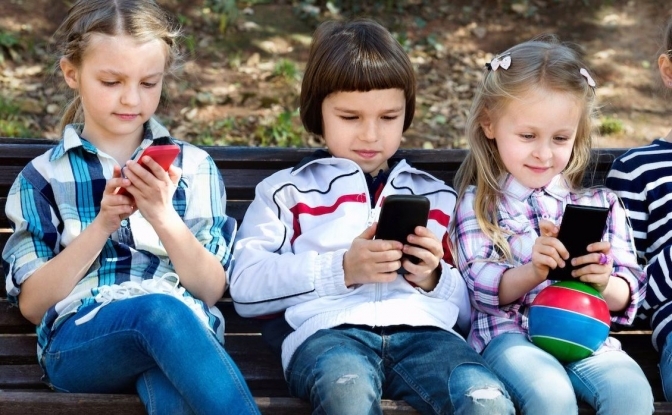
«Any bilingualism, especially Russian, raises internal fears that you did not fully understand, did not hear everything, did not check everything and so on. Where there is unity in the perception of reality, where the language is spoken in the family, the attitude to the world as a whole is easier to perceive. If a person doubts something, he checks it within his language. If these narratives flow from one language to another, it is always tempting to believe that it does not depend on the fact that someone is bad and guilty, but because the aggressor is not fully understood, not fully explained. And this is a threat because we can raise a generation of actually insecure children who are constantly in doubt. Those who prefer to resort to tricks, circumvent the rules, circumvent the necessities, ignoring, in particular, their own individual feelings of guilt and beliefs,» – warns the psychologist.
Talking to children and naming emotions, she believes, can be the best way to protect them from Russian influence, because without naming emotions, children will perceive any fairy tale or cartoon as a stimulus to action.
«It is possible to protect a child from this influence. You just have to not ignore her emotions. Many children, when they do not call their emotions, can not think and perceive any fairy tale, any conversation as a guide to action. They accept someone else’s narrative. And when parents explain to a child her emotions – anger, sadness, joy, they emphasize their importance in what is happening. This is what needs to be done. The child begins to perceive himself as the main protagonist of his own life and builds it so that it depends on him,» – says Tetiana Sahitova.
Roman Tyshchenko-Lamansky
Translated by Vitalii Holich
Full or partial publication of the text without the written consent of the editors is prohibited and is considered copyright infringement.
Follow us on Facebook and Instagram. Lviv Now is an English-language website for Lviv, Ukraine’s «tech-friendly cultural hub.» It is produced by Tvoe Misto («Your City») media-hub, which also hosts regular problem-solving public forums to benefit the city and its people.



